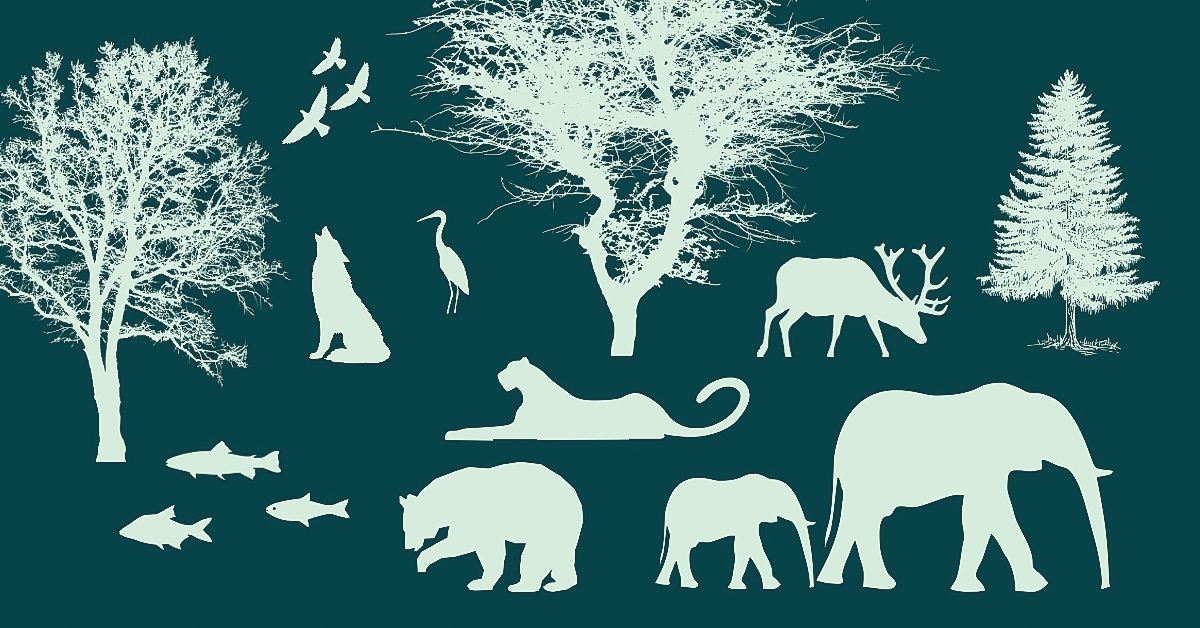UN conference spearheads discussion of biodiversity loss and its solutions
The UN Biodiversity Conference culminated in the Kunming-Montreal Global Biodiversity Framework, which is comprised of four goals and 23 targets aimed to protect nature globally.
From December 7 to 19, 2022, nation leaders came together for the UN Biodiversity Conference hosted in Montreal, discussing biodiversity loss and solutions to address it. During the two-week conference chaired by China, the Kunming-Montreal Global Biodiversity Framework (GBF) was created. The GBF includes four goals and 23 targets for participating countries to follow, all pertaining to climate action and nature protection.
The four goals, named Goal A, B, C, and D, focus on different aspects of maintaining biodiversity. Goal A aims to terminate all human-caused species extinction by 2050 and maintain ecosystems and genetic diversity. Goal B reinforces the importance of sustainably using natural resources. Goal C goes over the fair and equitable sharing of any benefits netted from using genetic resources, as well as its protection. Finally, Goal D ensures that the GBF is properly implemented in all participating countries by securing the resources necessary for developing countries to do so.
An important focus was on the finances necessary to protect biodiversity, leading to extensive conversation on how developing countries can be financially supported by more affluent countries. Representatives from a number of developing countries expressed their nation’s need for financial assistance to achieve the goals and targets set in the summit. To address these concerns, it was proposed that the GBF Fund be created to better facilitate the sharing of monetary resources. During the summit, Canada committed $255 million to aiding developing countries in their pursuit of “fighting climate change, protecting nature and supporting resilient local economies.”
Along with the four goals comprising the framework, the GBF also includes 23 more specific targets. These targets supplement the four goals and provide specific actions for participating countries to take. This ensures that cohesive outcomes are achieved by 2030. Notable targets include Target 7, which aims to address and reduce the effects of various kinds of pollution, and Target 22, which seeks to increase representative decision-making in regards to the environment—emphasizing the rights, cultures, and unique knowledge of Indigenous Peoples.
Target 22 is particularly applicable in Canada. At the conference, Stephen Guilbeault, the Canadian Minister of Environment and Climate Change, stated that Canada “strongly advocated for” the recognition of Indigenous rights within the GBF, and will support “new Indigenous-led projects that will help us halting and reversing biodiversity loss and achieving 30 by 30 while advancing on the path of reconciliation.” Canada also entered into the Canada-Yukon Nature Agreement, which prioritizes guidance from Indigenous Peoples in conservation efforts in the Yukon Territory.
On an international scale, Canada signed a Memorandum of Understanding with Ukraine during the summit, reaffirming the countries’ intention to fight issues such as climate change and the loss of nature, together. Due to the ongoing war, Ukrainian agriculture, forests, water, and air have sustained rapid negative effects. This has prompted Canada to commit to “increasing important bilateral cooperation on biodiversity, air quality management, and mitigation and adaptation to climate change,” said Guilbeault.
For many, the GBF brings great hopes for future environmental success. As the summit’s host, Canada spearheads these expectations, as Guilbeault added that “In Montréal, we have risen to the challenge and united as one global community to address the crisis faced by nature. We agreed on an ambitious path forward for our planet, and have given ourselves the tools to turn the tide. This is a historic moment for nature, and it is our only chance to save what we love and hold dear, before it is too late.”

